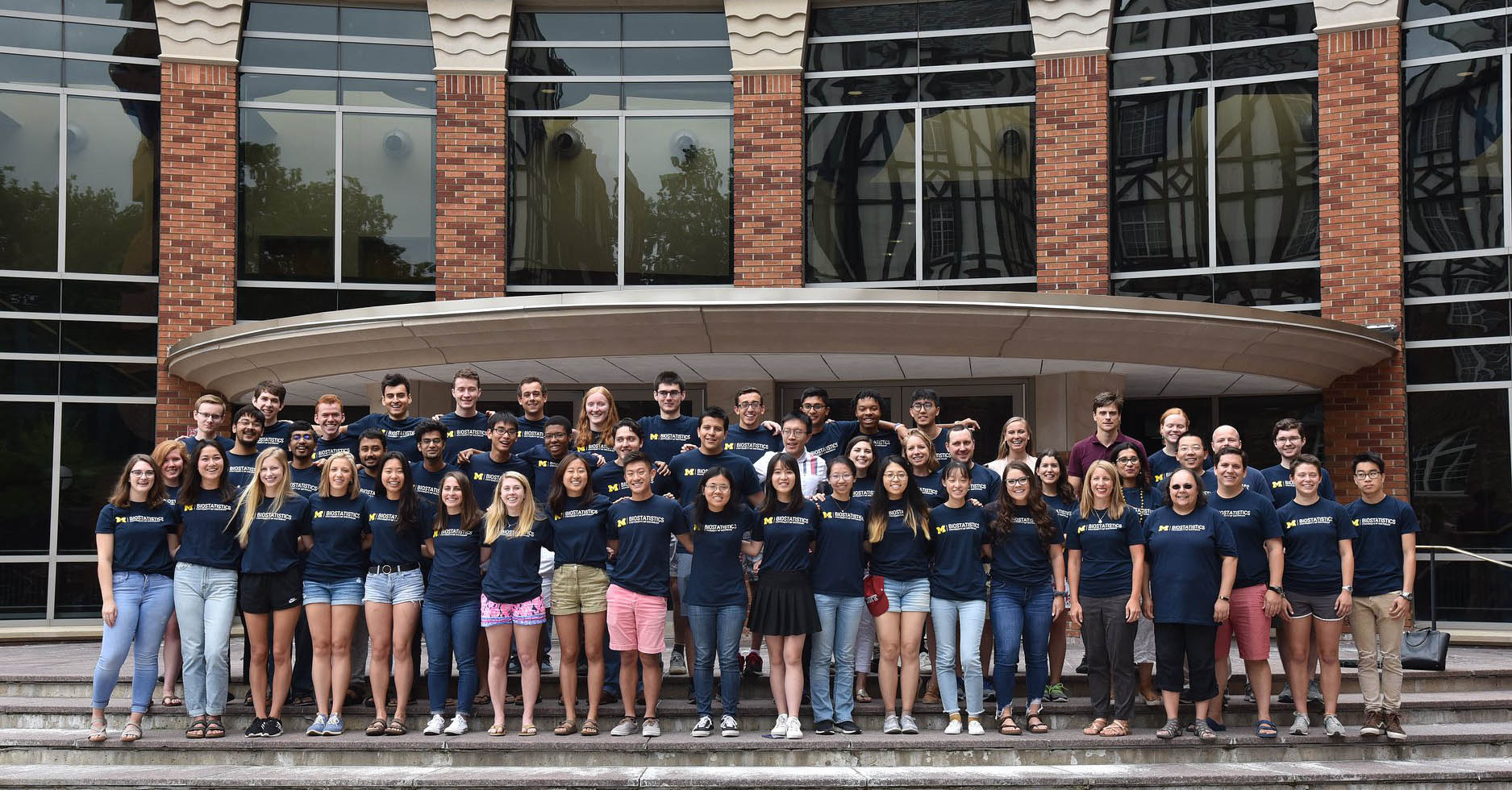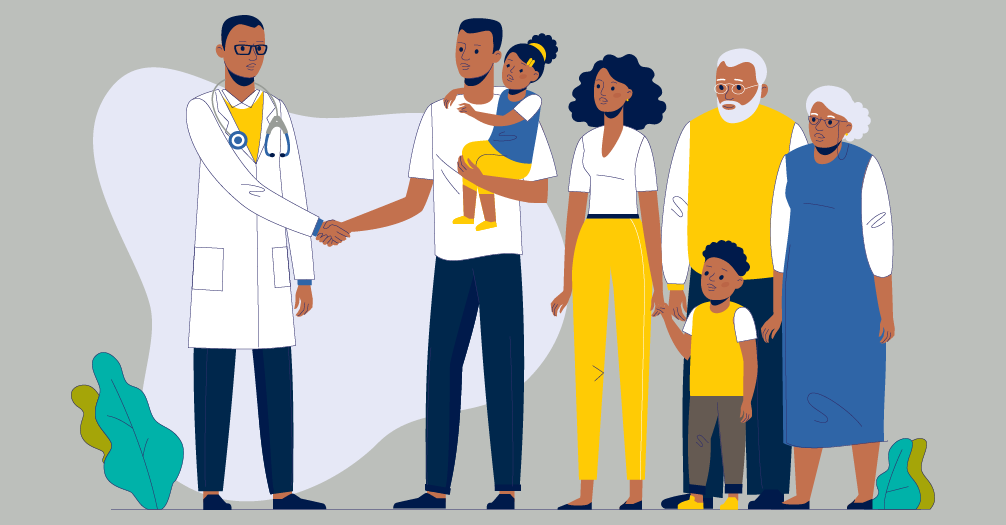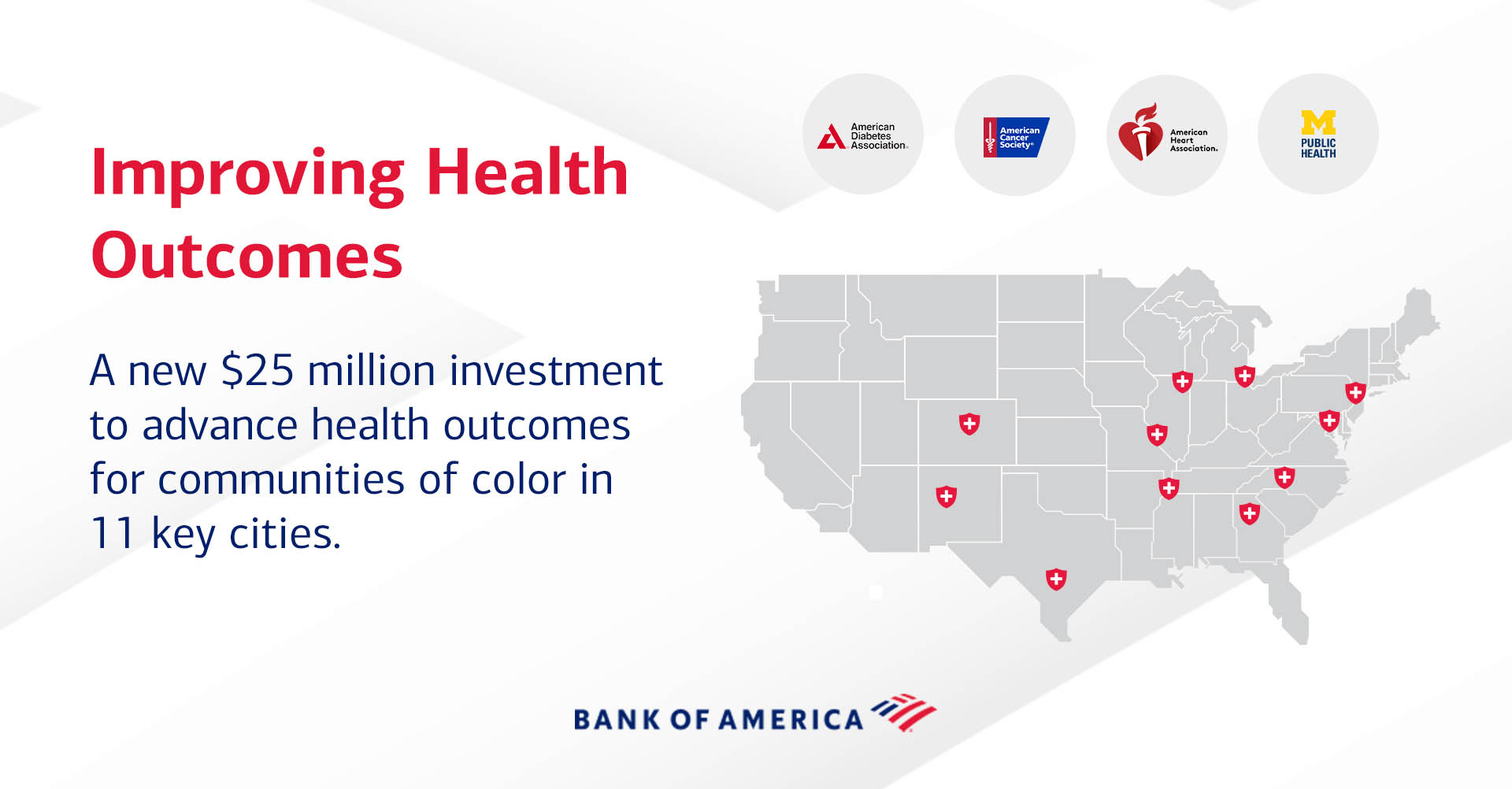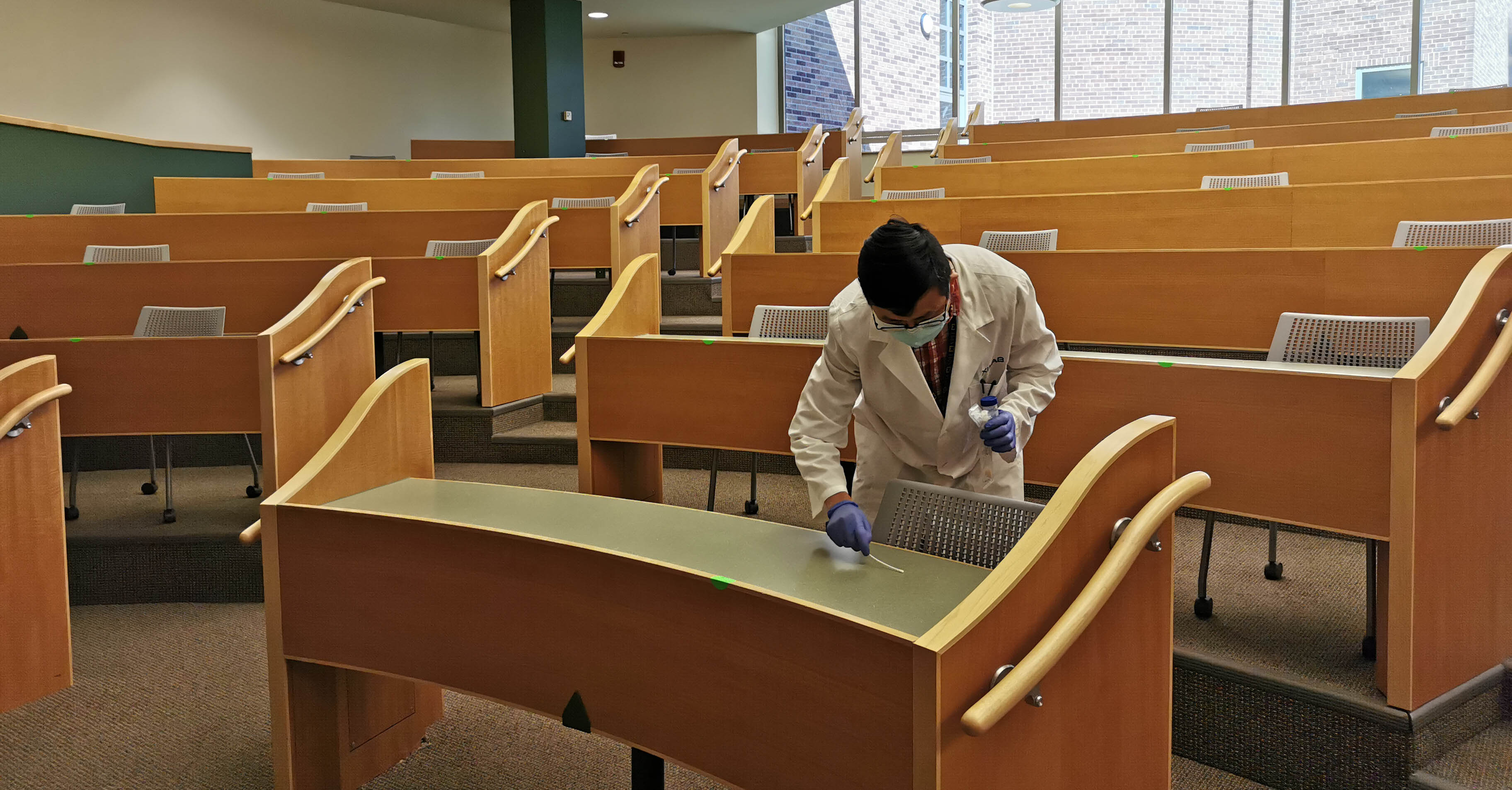
NIH grant extends Big Data Summer Institute through 2027
The University of Michigan School of Public Health’s Big Data Summer Institute has received a five year Summer Institute in Biostatistics (SIBS) grant from the National Institute of Health that will extend the program through 2027.






